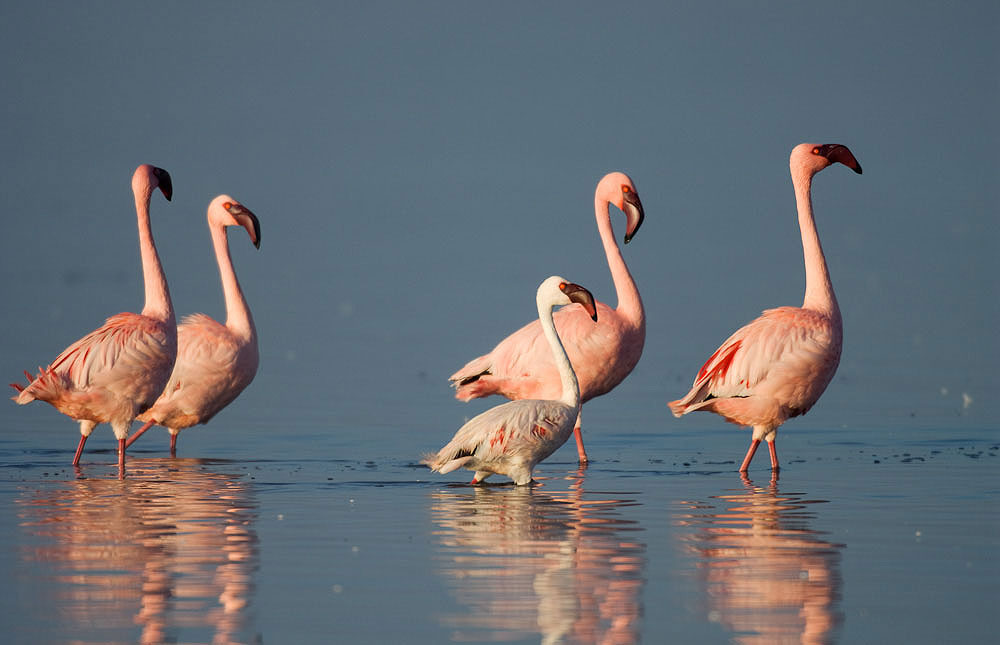Wildebeest Migration in Serengeti

The Greater migration
The greater migration is one of the last mass number movement of wildebeest which companied by large number of zebra, impala, grants gazelle Thomson’s gazelle those move due of seeking of water and green pasture its spectacular time to see the mass herd of the wildebeest with other animal in the plan of Serengeti these move in an annual pattern which is fairly predictable.
Best time to see greater migration
January and February
The wildebeest herds are at the southern plains of the Serengeti give birth to their young the herd produces over 200,000 calves within the brief period of two to three weeks. While lion and hyena are common on these southern plains, the calves are too many for the predators to prey on in their entirety. Furthermore, wildebeest calves are incredible animals that can stand after two to three minutes and be off running with the herd at just five minutes.
March and April
In March and April, the wildebeest herd moves north and west, to the central and western reaches of the Serengeti, near Lake Victoria. During the long rains of April, the rut occurs, when the wildebeest mate after complex territorial rituals by males.
April and May
If you hoping to catch the Migration. The animals haven’t left the southwest yet and the torrential rains flood the Serengeti and make travel difficult.
June and July
The best time to see migration great crossing of the Serengeti happens in earnest. Wildebeest cross over the Grumeti River.
July and early October
The best time visit Serengeti and to see the Great Migration is during July and early October this is dry season. It’s warm, weather is stable, and animals are abundant. The sparse vegetation and dried-up waterways force the animals to head up north to find food and drink.
November or December
Still, you see wildebeest and zebra, but the movements will not be as pronounced as during July and August. Just be sure to avoid April and May if you’re hoping to catch the Migration. The animals haven’t left the southwest yet and the torrential rains flood the Serengeti and make travel difficult.
However, this traditionally-predictable routine is ever changing. Weather is never the same from one year to the next, and the effects of climate change have exacerbated the divergence from year to year. The rains of the Serengeti are becoming increasingly irregular. Some years see early downpours while others have suffered from extended drought, which upsets the natural balance of the herds.

